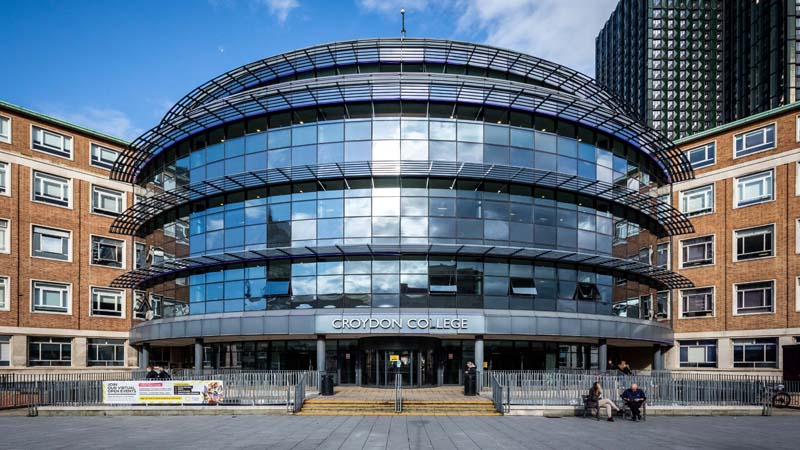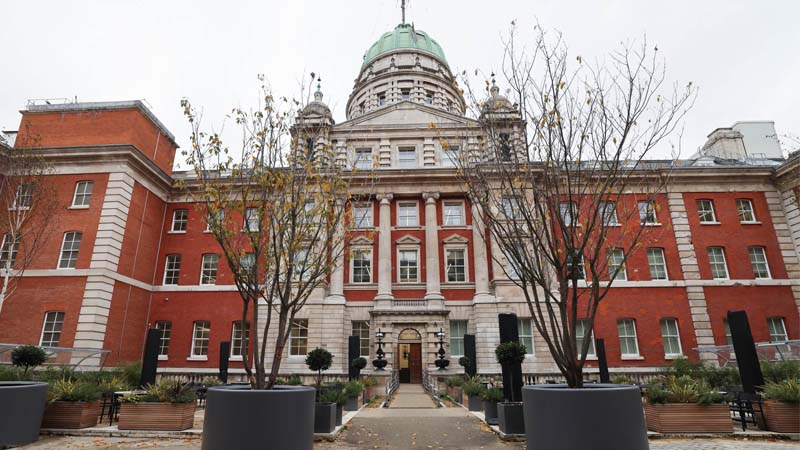Why do schools become academies? 3 possible benefits of converting

Earlier this year, former Education Secretary Nicky Morgan revealed her intentions to push through a policy to ensure all schools had converted to academies by 2022. After fierce push-back, the government completely U-turned and abandoned this policy. Since Brexit, we’ve seen a change in leadership and with it a change in Education Secretary, so whether this policy lives to fight another day remains to be seen.
It’s clear though that the move to academies has ramped up in the last few years. Between 2011 and 2014, the number of academies opening each year increased from 69 to 385. That’s a whopping 458% rise. 26% of all state-funded schools are now academies.
Some of this could be down to a policy introduced by the Labour government that meant that failing schools would be encouraged to convert to academies to raise standards. This has since changed radically to embrace all types of schools – including the most successful ones.
The move to convert more schools into academies is a hotly contested one. Many feel that it’s a way of “privatising” the school system, and that children do not benefit from academy status, only the school does. On a more personal, individual level, staff are worried that conversion to an academy will put their jobs at risk – and in some schools, this is the case.
With all this in mind, why do schools become academies? If they’re not being forced to as a result of government policy and falling standards, what’s in it for them? Here we look at some of the perceived benefits of converting to an academy and what this could mean for a school.
What does it mean to be an academy?
I’m quite sure you know this by now, but bear with me, I’m just setting the scene.
An academy receives their funding directly from the government – rather than filtered through a local authority like a “traditional” state funded school. This means that an academy is directly accountable to the Department for Education. They are however, still inspected by Ofsted.
There are two types: converter academies and sponsored academies. Converters are schools which previously had ‘good’ or ‘outstanding’ Ofsted grades and have opted to convert to academy status. Sponsored academies are mostly underperforming schools who have been encouraged to convert to an academy run by sponsors, who are responsible for improving performance.
Other than a slight difference in the way they’re funded, both types of academies are fundamentally the same. Both are run day-to-day by the headteacher or principal and overseen by a charitable body (trust) or chain. The trust or chain provides advice, support and a strategic overview for the schools it oversees.
What are the perceived benefits of becoming an academy?
Freedom from Local Authority
Traditional state-funded schools will get a proportion of funding given to the local authority, and as it’s technically the local authority’s money, will be told how and when to spend it. With an academy, they are no longer connected to the local authority, and they get their funding directly from the government. This means they get to spend the money whenever and however they want. This can obviously be very lucrative, particularly when it comes to technology. A school may want to push the boundaries when it comes to tech, but very often will be held back by the priorities of and lack of funding from the local authority. As an academy, they now have the freedom to prioritise technology and really take it to the next level.
As well as relative autonomy in terms of the day-to-day running of the school and decisions around spending, academies also get additional funds when they convert. They get up to a10% increase in resources plus extra revenue from something called the Local Authority Central Spend Equivalent Grant (LACSEG). A 2014 survey by the DfE found that 87% of academies are now buying services previously provided by the Local Authority. The appetite to move away from authority-prescribed services and technology is obviously significant.
Ability to set pay and conditions for staff
As an off-shoot from being separate to the local authority, academies have complete control over how they handle their staff. Being able to set your own pay and conditions could present the opportunity to create lucrative job roles and attract more people to work in your school.
But, as Spider-Man says, with great power comes great responsibility. It’s easy to see how this particular capability could be misused and subsequently create less than ideal working conditions within a school. It can also lead to the change in roles and job losses mentioned above.
Another facet to their greater control over staffing is that since 2012, academies have had the freedom to employ unqualified teachers. As the government put it, academies are now “free to hire great linguists, computer scientists and other specialists who have not worked in state schools before.” This does seem like an attractive concept. We all know someone who we think would’ve made a great teacher, who excels at their job and seems to have that knack for engaging people and imparting knowledge. So why hold them back because they don’t have the necessary accreditations?
This is obviously quite a contentious topic and many qualified teachers, experts and politicians have shot back at it. In 2014, shadow education secretary Tristam Hunt claimed that use of unqualified teachers leads to children being taught by people who have no guaranteed training in safeguarding, controlling a class, or adapting their style to individual needs.
There isn’t currently any specific evidence to show that unqualified teachers are any worse than qualified ones. Ofsted have reported that teaching by those who were newly qualified was “weaker than that of more experienced teachers”. But not being qualified doesn’t necessarily mean a teacher doesn’t have any experience. Unqualified teachers may have taught outside the UK, or in independent schools, or run some kind of extra-curricular club.
Freedom from following the National Curriculum
There is often debate around whether or not we should have a national curriculum. Many see it as rigid, “one size fits all” regime that doesn’t allow schools to have the flexibility to adapt learning to suit their students’ needs.
Therefore, the fact that they don’t have to follow the curriculum is a big draw for those looking to convert to an academy. The DfE’s 2014 survey found that 79% of academies had changed or planned to change their curriculum. Of those who had changed their curriculum, two-thirds believed that the change had improved attainment.
Clearly many academies are already seeing the benefits. The freedom to adjust the curriculum gives schools the opportunity to innovate teaching and learning styles, as well as develop and specialise in unique curriculums to suit a particular career path. For example, a school might create a mix of technical and vocational elements ranging from IT to business skills in order to prepare students for careers in things like engineering.
Academies are subject to some regulation, however. They’re required to follow DfE guidance on things like: safeguarding, exclusions, admissions and SEN. They also must ensure that the curriculum is ‘broad and balanced’ and includes things English, maths and science.
Should you make the switch?
Converting to an academy is by no means a simple process. And the benefits presented above are perceived. There’s currently little conclusive evidence to support which approach is better – stay as LA maintained or transition to an academy. Ofsted performance is mixed, there are little differences in things like GCSE results. It’s really down to the needs of the individual school as to whether a conversion would benefit them or not.
If you are interesting in becoming an academy, be sure to check out this guide to what’s involved.






